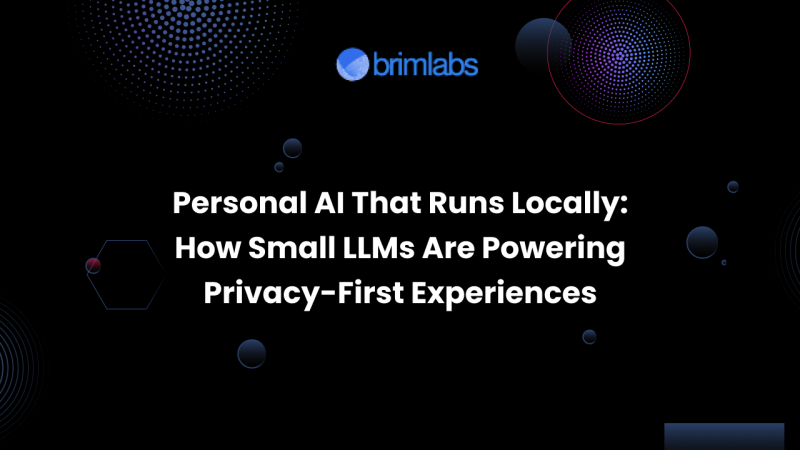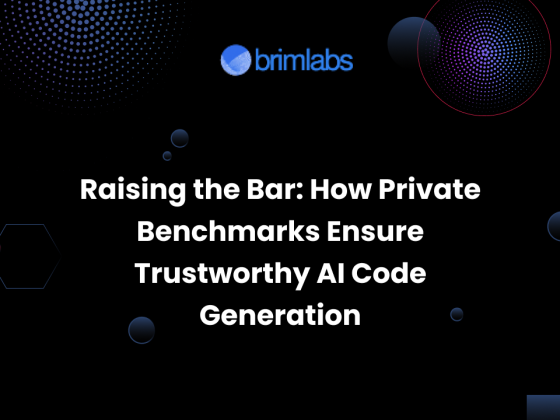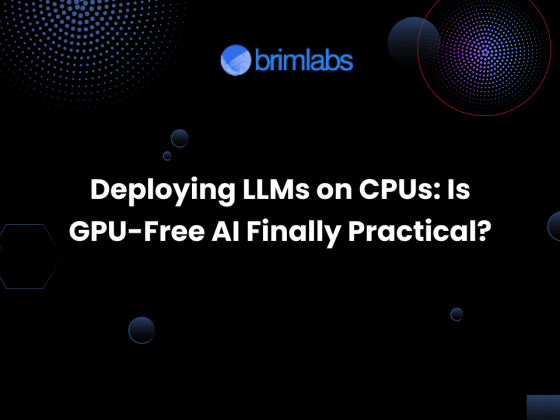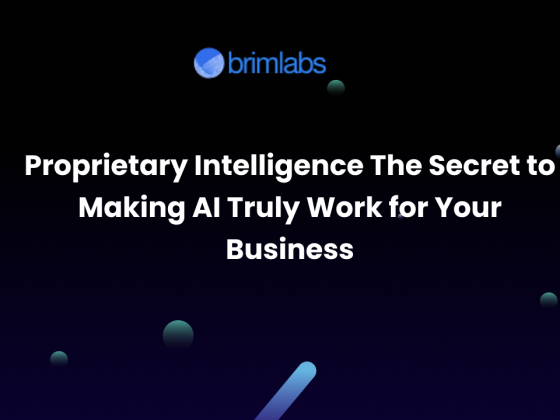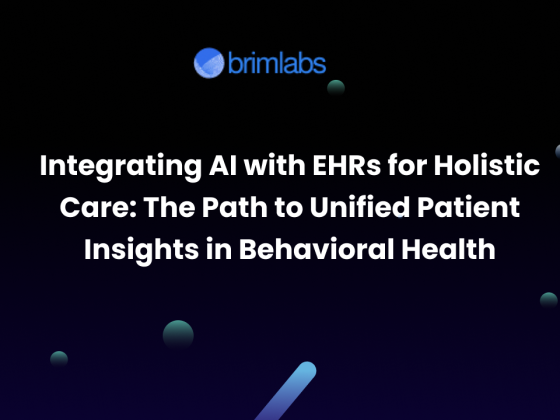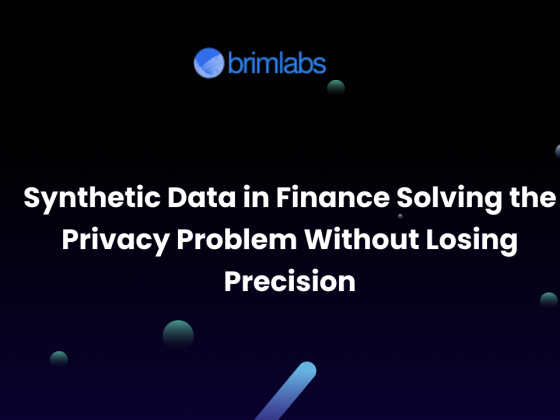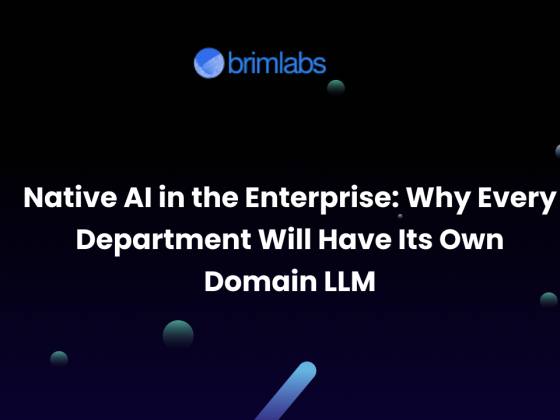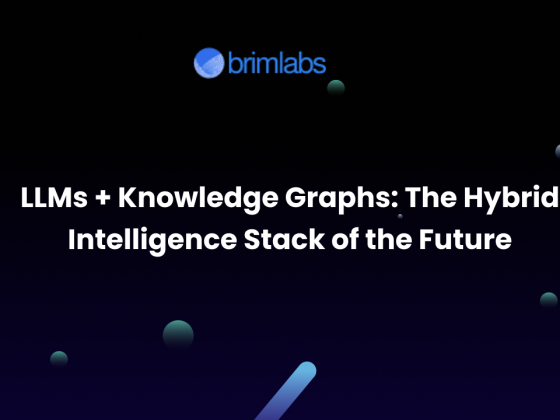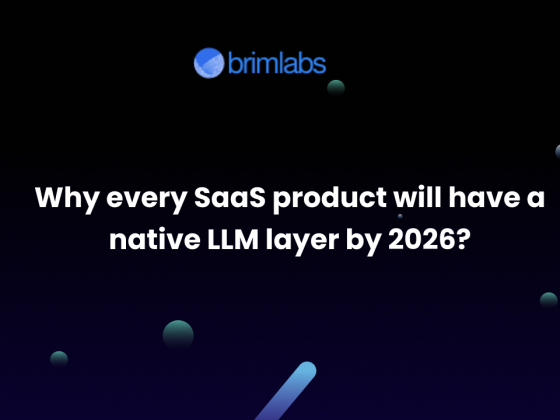As artificial intelligence continues to seep into every corner of daily life, from note-taking to health monitoring, so do concerns about data privacy, latency, and digital autonomy. The solution? A powerful shift is underway: personal AI powered by small LLMs running entirely on your device.
This is more than just a technological improvement. It’s about reclaiming control, of your data, your workflows, and your digital experience.
Why Local AI Is Gaining Momentum
Popular cloud-based models like GPT-4, Claude, or Gemini deliver impressive results, but they come with a cost. Sending sensitive data over the internet to third-party APIs creates privacy and compliance risks, not to mention issues like latency, rising token costs, and lack of offline functionality.
In contrast, small LLMs running locally offer immediate, secure, and personalized experiences. No data leaves the device. There are no per-request fees or dependencies on network availability. And for many real-world tasks, these models perform surprisingly well.
What Makes Small LLMs Different?
Small language models typically range between 1 to 8 billion parameters. They’re designed to run efficiently on laptops, mobile phones, or edge devices using tools like Ollama, llama.cpp, and GGUF-format models. Despite their size, they’ve become powerful enough to perform everyday tasks, like summarization, translation, and structured data extraction, with impressive efficiency.
Well-known examples include Phi-3 Mini (1.3B), Mistral-7B, Gemma 2B, TinyLlama, and OpenHermes 2.5. These models can operate fully offline and are increasingly integrated into consumer and enterprise workflows.
What Devices Can Run Local LLMs Today?
Thanks to advances in model compression, quantization, and edge computing, local LLMs can now run on a surprisingly wide range of hardware:
Laptops & Desktops (macOS, Windows, Linux)
Most modern laptops with 8–16 GB RAM can run quantized LLMs like Mistral 7B or Gemma 2B using tools like Ollama, LM Studio, or llama.cpp. Apple’s M1 and M2 chips are especially efficient due to their unified memory architecture.
Mobile Phones & Tablets
On-device LLMs like Phi-3 Mini can run efficiently on smartphones using ONNX or Core ML. Android developers are experimenting with models embedded directly in apps using TensorFlow Lite.
Single-Board Computers (SBCs)
Raspberry Pi 5 can now run TinyLlama and smaller models for voice assistants, smart home controllers, and offline chatbots. NVIDIA Jetson Nano or Jetson Orin boards are used for more intensive local AI applications like surveillance or manufacturing automation.
Enterprise Edge Devices
Devices like Intel NUC, Lenovo ThinkEdge, or AWS Snowcone can host small LLMs for offline document search, agent automation, or diagnostics in regulated environments.
Embedded and IoT Systems
With ultra-small LLMs (under 1B), embedded AI in wearables, automotive systems, and smart appliances is becoming viable, especially for command recognition, FAQs, and on-device assistance.
How Do Small LLMs Compare to Larger Ones?
While large LLMs offer superior general knowledge and reasoning ability, they require continuous cloud infrastructure, GPU hosting, and introduce dependency on third-party APIs.
Small LLMs trade depth for control. They offer:
- Lower latency
- Total data privacy
- No usage-based billing
- Full local ownership
They may not write your next novel or pass a bar exam, but for focused, contextual, and private tasks, they are more than capable.
Limitations of Small LLMs
Of course, small models aren’t without constraints:
- Smaller context windows limit how much text they can process at once.
- Shallow reasoning means they may fumble complex logic or creative writing.
- Less multilingual coverage unless specifically trained or fine-tuned.
- Manual integration requires more dev effort compared to hosted APIs.
- Hardware limitations still apply, especially on older mobile or embedded devices.
That said, for many everyday or domain-specific use cases, these limitations are entirely manageable, and often worth the trade-off.
How to Build a Small LLM
Building a small LLM involves several key steps and requires access to domain-specific data, machine learning infrastructure, and model architecture knowledge. Here’s a simplified overview of the process:
1. Select a Base Architecture: Choose a transformer architecture like LLaMA, Mistral, or Phi, depending on your target device and use case. Open-source variants are often a good starting point.
2. Curate a High-Quality Dataset: Small LLMs benefit from well-curated, domain-specific, and instruction-following datasets. Focus on quality over quantity to ensure effective learning with fewer parameters.
3. Pretrain or Finetune:
- Pretraining: Start from scratch using massive textual data. Resource-intensive.
- Finetuning: Start with an open-source model and fine-tune it on specific tasks or domains using supervised instruction tuning.
4. Quantize the Model: Use tools like llama.cpp, GGUF, or ONNX to reduce the model size for local execution without losing much accuracy. Quantization reduces the memory footprint and speeds up inference.
5. Run Locally: Deploy using lightweight runtimes like Ollama, LM Studio, or custom scripts. Optimize for CPU-only or edge inference depending on the hardware target.
6. Evaluate and Iterate: Run evaluations on your use cases, test for response quality, latency, and hallucination rates. Make adjustments through further fine-tuning or data augmentation. Open-source communities like Hugging Face, EleutherAI, and TinyLlama provide useful checkpoints and codebases to accelerate development.
Real-World Examples of Local AI
Julius: A minimalist desktop app that summarizes emails and meetings using OpenHermes 2.5 and Mistral, entirely offline. Loved by GDPR-conscious professionals.
LocalPilot: An open-source project that integrates local LLMs with clipboard and file search. It’s used by indie developers and privacy advocates who prefer full local control over their digital workspace.
PrivateGPT + Chroma: Used in legal firms and financial teams to build offline Q&A tools for confidential documents. TinyLlama or Mistral models are paired with ChromaDB for secure document search.
LMQL Agents: A startup in the UK built a procurement assistant using LMQL and Mistral-7B for use in on-premise enterprise settings, no external APIs involved.
Raspberry Pi + TinyLlama Voice Assistant: Enthusiasts have built fully local AI assistants using TinyLlama and Whisper models on Raspberry Pi 5, capable of answering questions and providing voice-based responses, all without the cloud.
How Brim Labs Helps You Build Local-First AI
At Brim Labs, we help founders and teams build smart, private, deploy-anywhere AI systems powered by small LLMs. Whether you’re crafting an offline assistant, embedded agent, or enterprise tool, we offer:
- Custom fine-tuning and distillation
- Hardware-aware deployment (mobile, edge, desktop)
- Offline-ready RAG systems
- Embedded voice + language pipelines
- Privacy-compliant design and delivery
From concept to deployment, we ensure your AI product is secure, scalable, and yours, 100 percent.
Final Thoughts: Privacy-First AI is the Future
The AI conversation is shifting from “what’s possible?” to “what’s sustainable?” Local LLMs give us an answer that’s faster, safer, and more responsible.
Your data stays with you.
Your AI runs beside you.
And your vision stays yours.
Welcome to the era of personal AI, running locally.

